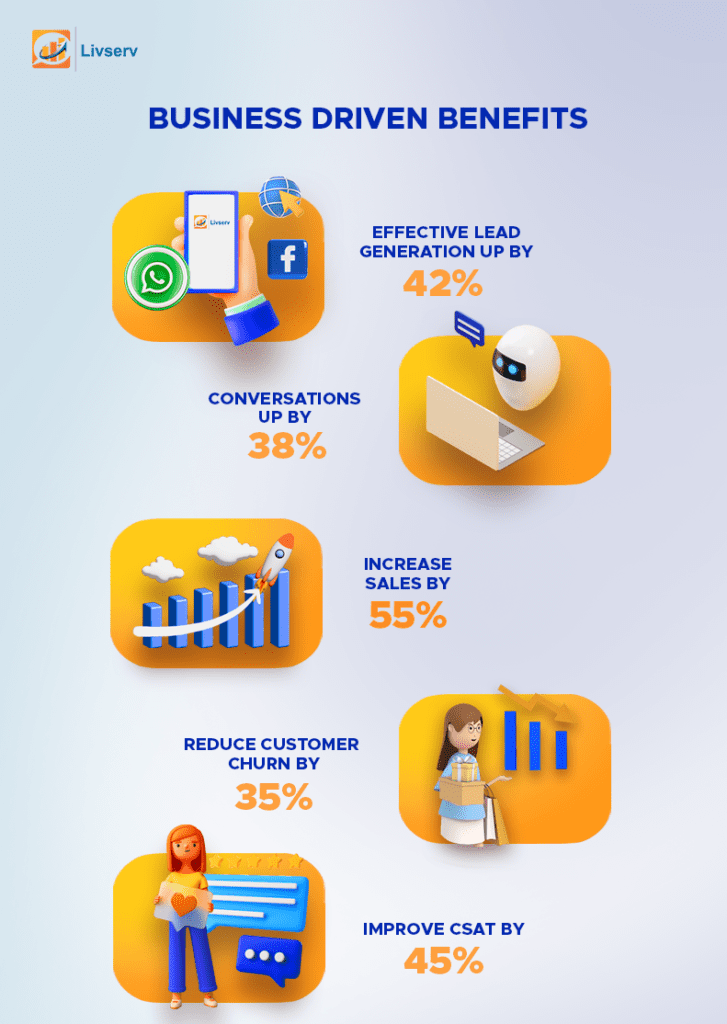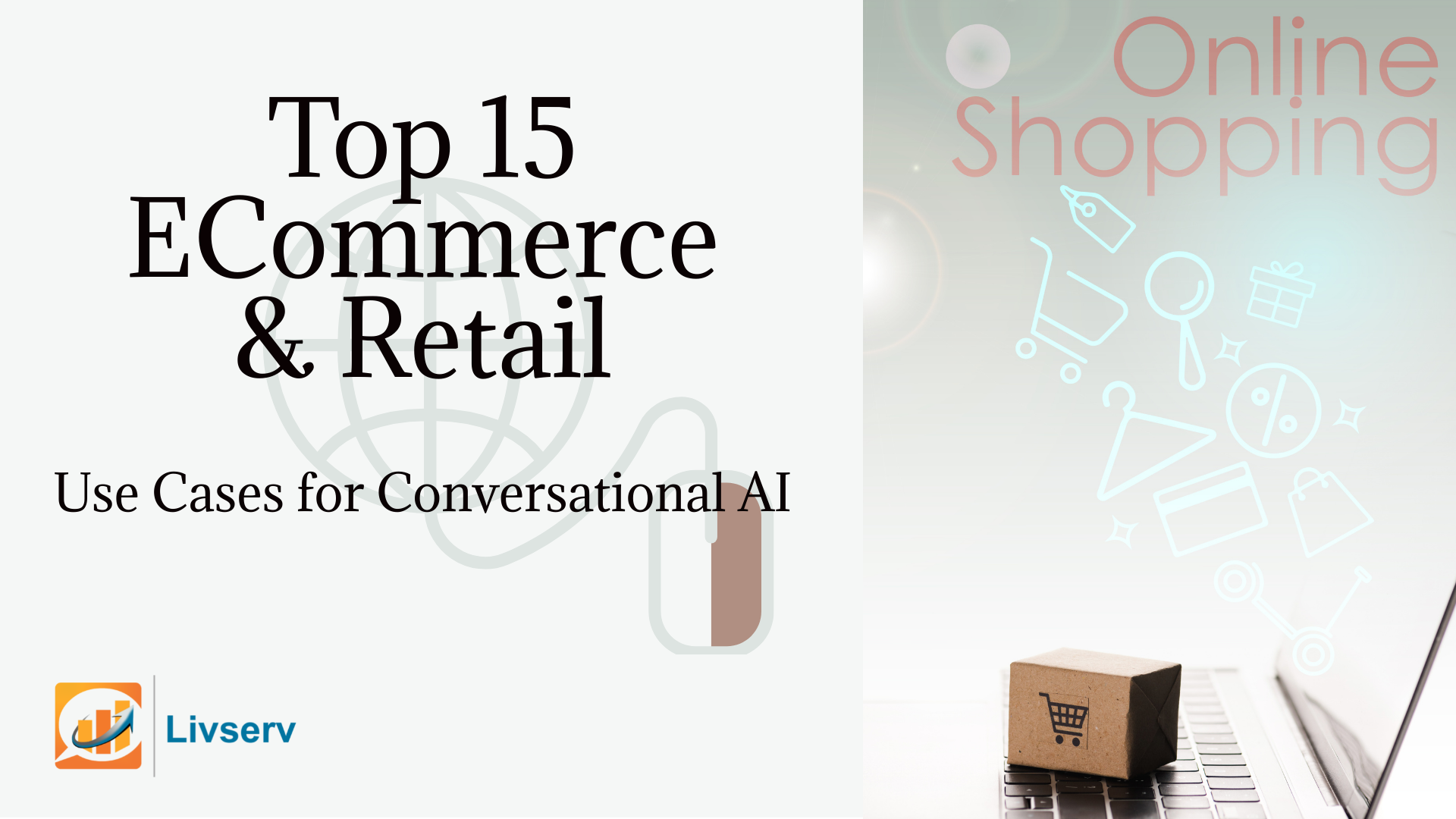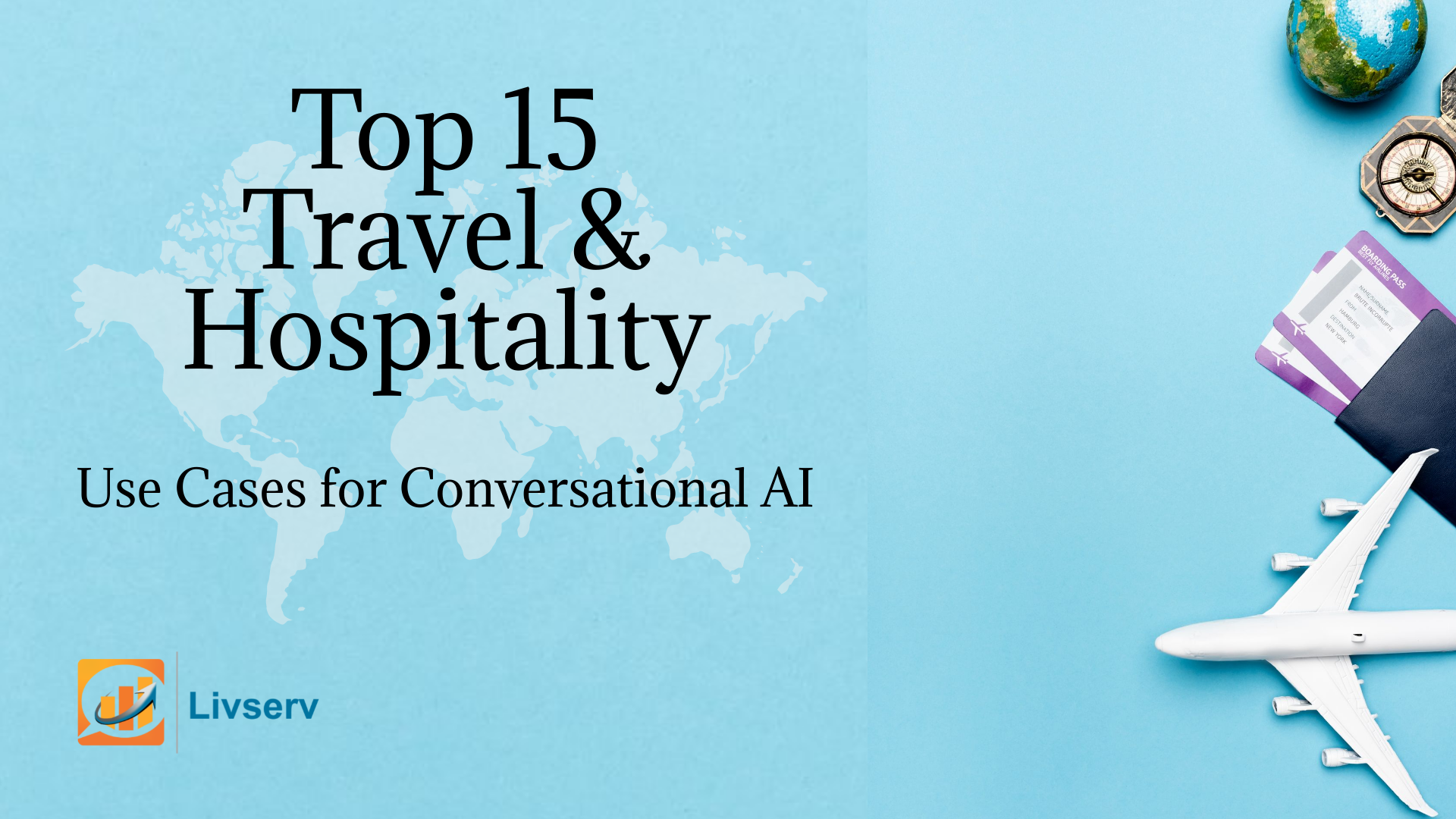Chatbot has become a highly misappropriated term in our industry. Every other sales call that we attend to, wants an impeccable customer service chatbot that can mimic human-agent-like responses. But what they don’t realize is chatbots are not conversational AI.
Strictly tech, traditional chatbots follow pre-defined rules and decision trees. They provide responses based on keywords or patterns in user input. However, the changing landscape of customer service now warrants marketers to look beyond rule-based chatbots.
The latest AI-powered chatbot uses Natural Language Processing (NLP) and machine learning to understand and respond to user inputs more intelligently. They can handle more complex conversations, adapt to different phrasings of questions, and improve their responses over time through continuous learning.
But only if all marketers had realized this, I would not be motivated to share my industry experience here. Continue reading further to avoid mastering the art of irritating your customers and learn the best practices for effective chatbot usage for your business.

Figure 1: Chat flow describing Rule-based chatbots vs Livserv’s conversational AI
Annoyance Factors in Chatbot Interactions
While chatbots can provide efficiency and convenience, there are several factors that can make these automated interactions frustrating for customers. Let’s delve into these factors that illustrate customer frustration:

Figure 2: Restricted Responses with Rule-based Chatbot – Leading to User Frustration
Impersonal Interactions: Imagine during a medical insurance inquiry, a customer expresses concern about a health issue, and the chatbot responds with standard policy information. This leaves the customer feeling undervalued and frustrated.
Repeating Information: A customer contacts a chatbot to inquire about their order status. After providing their order number, the chatbot asks for the same information multiple times throughout the conversation, causing frustration and a sense of inefficiency. This often happens when the chatbot fails to maintain context or remember previous parts of the conversation.
Lack of Empathy: A customer contacts a chatbot to report a defective product and expresses their disappointment. The chatbot responds with canned responses, ignoring the customer’s frustration and not offering any empathetic acknowledgment.

Image Credit: Linkedin User
To enhance the customer experience, businesses must address these issues by implementing more empathetic and context-aware conversational AI that can handle a wider range of inquiries.
You will be surprised to see how Livserv’s conversational AI excels in customer engagement and benefits business.

Figure 3: Business benefits of using Livserv’s conversational AI
Even if you have the best chatbot for business, common missteps in chatbot usage can impact customer experience significantly. These missteps can frustrate and alienate customers, ultimately leading to negative perceptions of a business, like:
Overuse of Chatbots: When chatbots are used for every interaction, customers may perceive the company as distant and unresponsive, leading to a lack of trust and loyalty. It can also hinder problem resolution for complex issues, which can further erode customer satisfaction.
Inadequate Handoffs to Human Agents: When chatbots fail to recognize their limitations and do not facilitate smooth handoffs to human agents, customers can end up stuck in frustrating loops. They may be unable to get the help they need for complex or sensitive issues. This can lead to dissatisfaction and the perception that the company does not prioritize customer support, resulting in a poor overall customer experience.
Complex or Confusing User Interfaces: Customers may struggle to navigate or understand the chatbot, causing them to abandon the interaction. This can lead to missed opportunities for problem resolution and information retrieval, and customers may view the company’s customer service as subpar, negatively impacting the overall customer experience.
Why Businesses Embrace Conversational AI as a Valuable Tool
Conversational AI, powered by natural language processing and artificial intelligence, closely mimics human-agent-like responses. It can transform the way businesses interact with customers.
One of the most significant advantages of Conversational AI is its ability to enhance the customer experience. It can ask contextual probing questions and perform sentiment analysis. It showcases the ability to execute a wide range of tasks, from scheduling appointments to processing orders. It can also analyze customer data to provide personalized interactions, such as addressing customers by name, offering tailored product recommendations, and remembering past interactions.
Additionally, it can collect and analyze data during interactions, providing businesses with a wealth of information about customer behavior, preferences, and pain points. This data can inform decision-making, drive product and service improvements, and tailor marketing efforts.
Cost savings are an essential benefit of Conversational AI. By automating customer interactions and support processes, businesses can reduce operational costs. This eliminates the need for additional customer service agents and reduces response times, ultimately saving businesses money.
Furthermore, Conversational AI can operate across various communication channels, including websites, social media, messaging apps, and voice assistants. This multichannel support ensures that customers can engage with businesses on their preferred platform, increasing accessibility and convenience.
Advanced Conversational AI systems can handle complex and nuanced queries. This feature is particularly valuable for industries that require a deep understanding of the subject matter, such as healthcare, real estate, finance, and legal services.
Customers no longer need to endure irritating chat flows on rule-based chatbots. By adopting Conversational AI, businesses can stay competitive, provide better services, and streamline their operations in an increasingly digital and customer-centric world.





